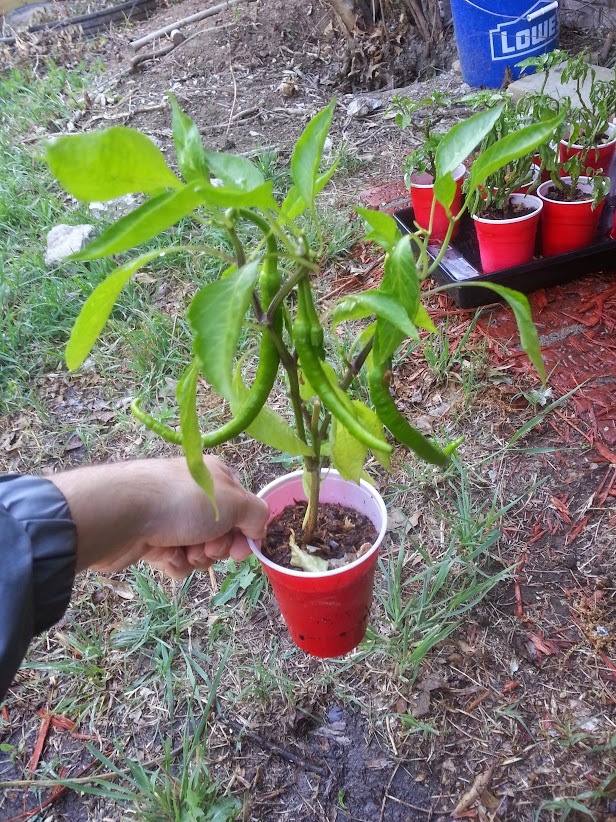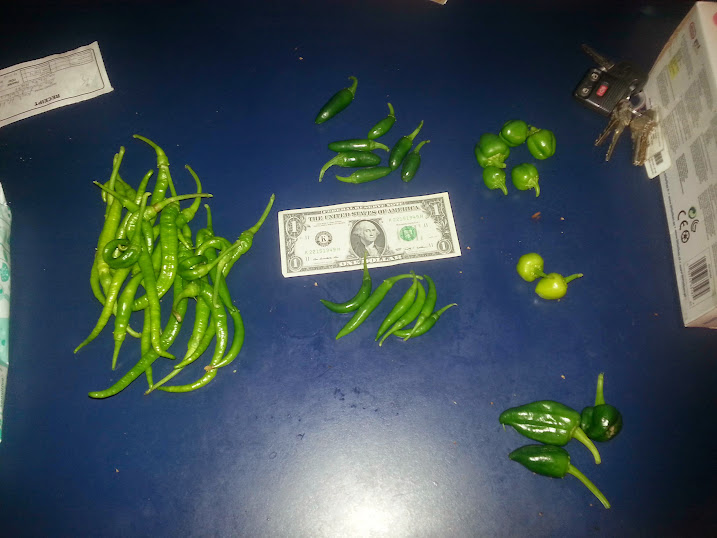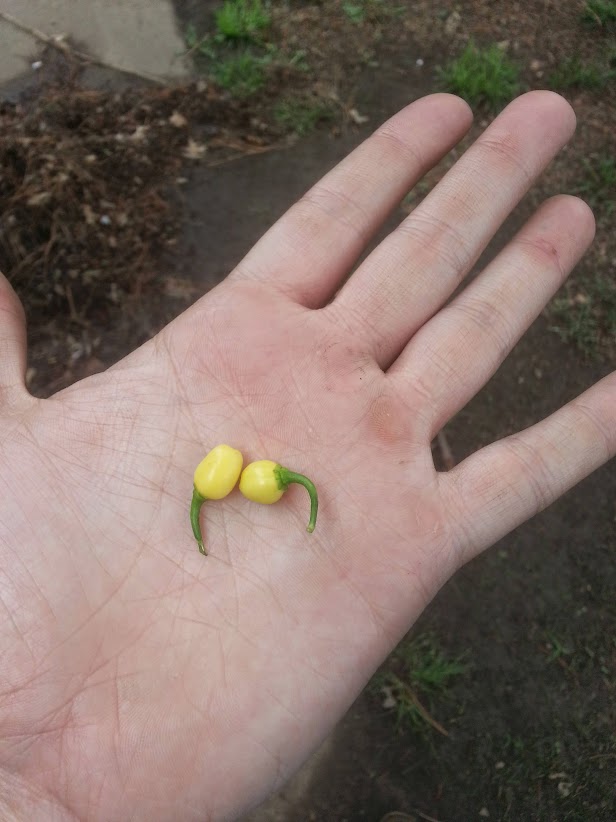I'm sure this has likely been covered previously, but the search functionality and I don't get along well. I either get nothing (title search) or 400,000 threads, most of which have nothing to do with the search terms. But I do know how to grow tobacco now, FWIW. !
Anyway...
What, in your experience are your most rapidly producing varieties?
I'm wanting to do some powders/canning/jams in our first season here (between March and June). After June, all bets are off on fruit actually producing. This year, it did. But for about a half-decade it was too damn hot to get any fruit again on most plants until September.
I always try and get them out early, but I want to know I'm gonna get some proper fruit when I need it.
Anyway...
What, in your experience are your most rapidly producing varieties?
I'm wanting to do some powders/canning/jams in our first season here (between March and June). After June, all bets are off on fruit actually producing. This year, it did. But for about a half-decade it was too damn hot to get any fruit again on most plants until September.
I always try and get them out early, but I want to know I'm gonna get some proper fruit when I need it.




